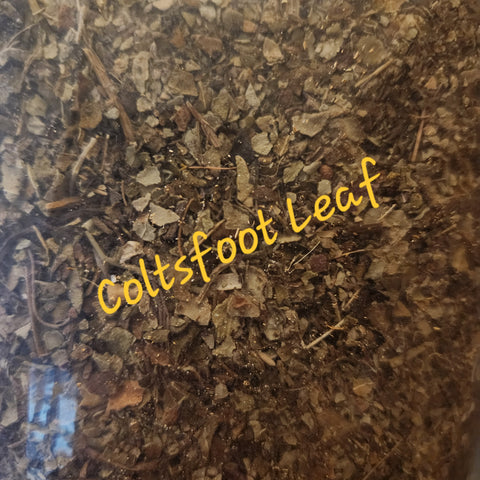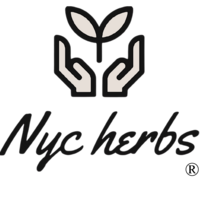- Home loose herbs
- Coltsfoot | Respiratory Comfort & Lung Soother
Coltsfoot | Respiratory Comfort & Lung Soother

The Remedy:
🌱 Other Names: Coughwort, Horsehoof, British Tobacco, Fieldhove, Foal’s Foot
✨ Key Benefits:
💨 Respiratory Relief – Traditionally used for coughs, bronchitis, asthma, and lung irritation.
Soothes Inflammation – Calms irritated mucous membranes of the lungs and throat.
🫁 Expectorant – Helps loosen mucus, making it easier to clear airways.
🍵 Gentle Tea Herb – Commonly infused in teas and herbal blends for respiratory wellness.
📌 Common Uses:
-
Tea / Infusion → Brewed for coughs, sore throats, and seasonal respiratory relief.
-
Herbal Blends → Combined with mullein, licorice root, or marshmallow root for lung support.
-
Traditional Medicine → Used across Europe and Asia for centuries as a lung soother.
🌼 Herbal Pairings:
Mullein Leaf → Amplifies lung-clearing and soothing effects
Licorice Root → Adds anti-inflammatory and throat-coating relief
Marshmallow Root → Enhances mucilage and protective coating for the lungs
⚠️ Safety Note:
Coltsfoot contains pyrrolizidine alkaloids (PAs), which in high doses may affect the liver. Modern preparations often use PA-free extracts. Safe for short-term use; consult a healthcare provider before long-term use, especially if pregnant, nursing, or with liver conditions.
